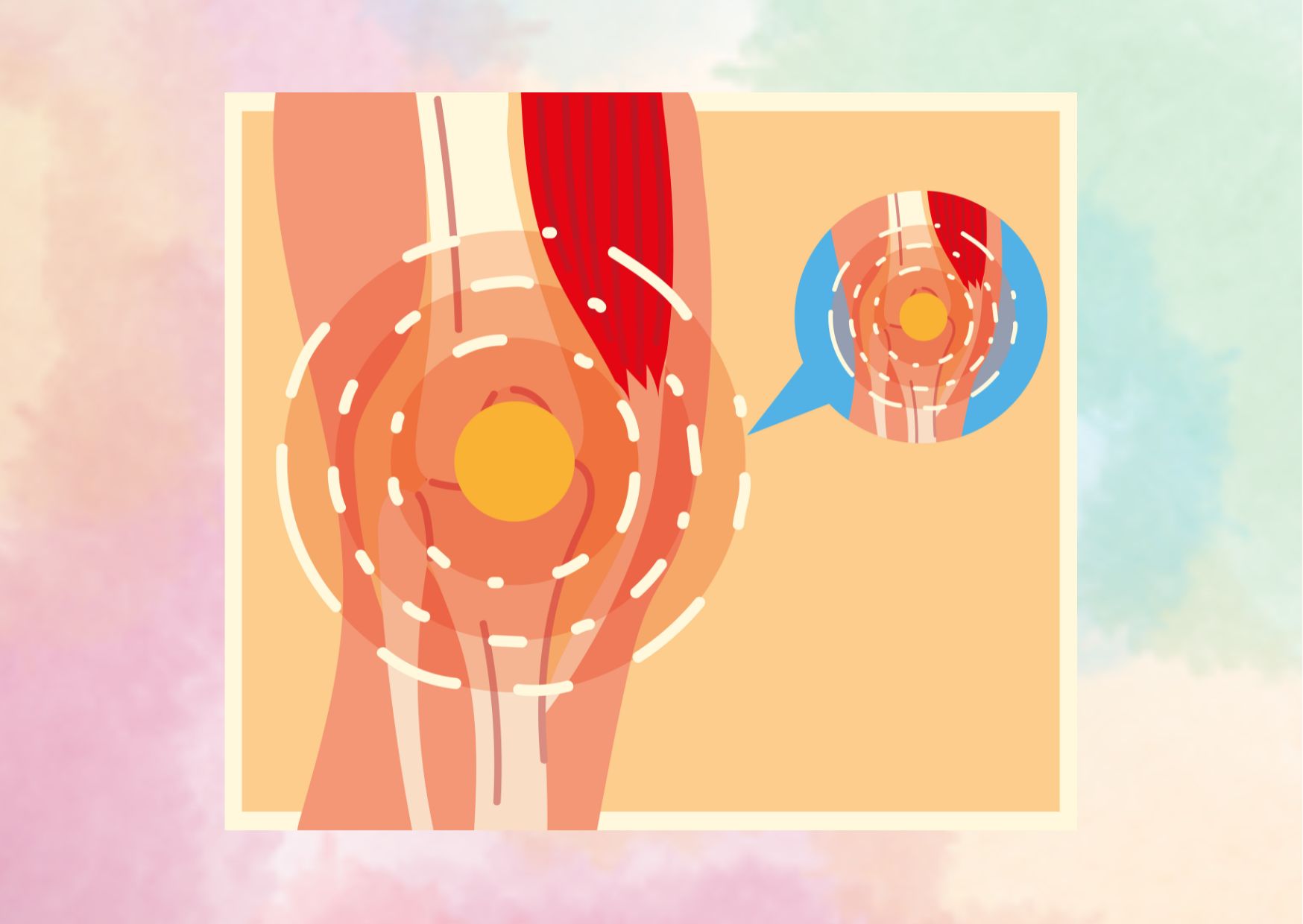Rheumatoid Arthritis Treatment: Top Strategies for Managing RA
Rheumatoid arthritis (RA) is a challenging autoimmune disease that affects millions worldwide. It causes inflammation in the joints, leading to pain, stiffness, and potential long-term damage. Managing this condition effectively is crucial for maintaining quality of life and preventing disability. Rheumatoid arthritis treatment has evolved significantly in recent years, offering new hope to those living with this chronic condition.
Advancements in medical research have led to a range of rheumatoid arthritis treatments that target different aspects of the disease. These include traditional disease-modifying antirheumatic drugs (DMARDs), biologic agents, and innovative therapies that aim to reduce inflammation and slow disease progression. Additionally, lifestyle changes and self-care strategies play a vital role in managing RA symptoms. This article explores the top strategies for managing rheumatoid arthritis, from medications to lifestyle modifications, to help individuals with RA take control of their health and improve their daily lives.
Understanding Rheumatoid Arthritis
What is RA?
Rheumatoid arthritis (RA) is a chronic autoimmune disease that primarily affects the joints. In this condition, the immune system, which normally protects the body from infections and diseases, mistakenly attacks the body’s own tissues. This attack causes inflammation in the joints, leading to pain, swelling, stiffness, and potential long-term damage.
RA typically affects joints in a symmetrical pattern, meaning that if one knee or hand has the condition, the other is often affected as well. The disease commonly targets the wrists, hands, and feet, but it can also impact other joints such as the elbows, shoulders, knees, and ankles. Unlike some other forms of arthritis, RA usually spares the distal interphalangeal joints of the fingers.
One of the hallmarks of RA is its effect on the lining of the joints, known as the synovium. The inflammation damages the tissue that covers the ends of the bones in a joint, potentially leading to joint deformity over time. This damage can result in long-lasting pain, balance issues, and limitations in daily activities.
Causes and Risk Factors
The exact cause of rheumatoid arthritis remains unknown. However, researchers believe that a combination of genetic, environmental, and lifestyle factors contributes to its development.
Genetic susceptibility plays a significant role in RA. Certain genes, particularly those affecting how the immune system works, may increase the risk of developing the disease. The human leukocyte antigen (HLA) class II gene has a strong association with RA. However, having these genes doesn’t guarantee that a person will develop the disease, suggesting that other factors are involved.
Environmental factors also have an impact on RA development. Exposure to certain infections, toxins, and pollutants may trigger the onset of RA in genetically susceptible individuals. Smoking has a strong association with RA and can make the disease worse. It also makes it harder to engage in physical activity, which is crucial for managing arthritis symptoms.
Other risk factors include:
- Age: The risk of RA increases with age, with the highest risk among adults aged 50 to 59.
- Sex: Women are two to three times more likely to develop RA than men.
- Hormonal factors: Women who haven’t given birth may have a higher risk of RA.
- Early life exposures: Children whose parents smoked may have an increased risk of developing RA as adults.
- Socioeconomic status: Adults from lower-income families may have a higher risk of RA.
Common Symptoms
The symptoms of rheumatoid arthritis can vary from person to person and may change over time. Common symptoms include:
- Joint pain and tenderness: RA causes pain in affected joints, both at rest and during movement.
- Swelling and warmth: Inflamed joints may appear swollen and feel warm to the touch.
- Stiffness: Morning stiffness lasting more than 30 minutes is characteristic of RA.
- Fatigue: Many people with RA experience extreme tiredness, which can be one of the most challenging aspects of the disease.
- Symmetrical joint involvement: RA typically affects the same joints on both sides of the body.
- Fever: Low-grade fever may occur, usually between 37° to 38°C (99° to 100°F).
- Loss of appetite and weight loss.

